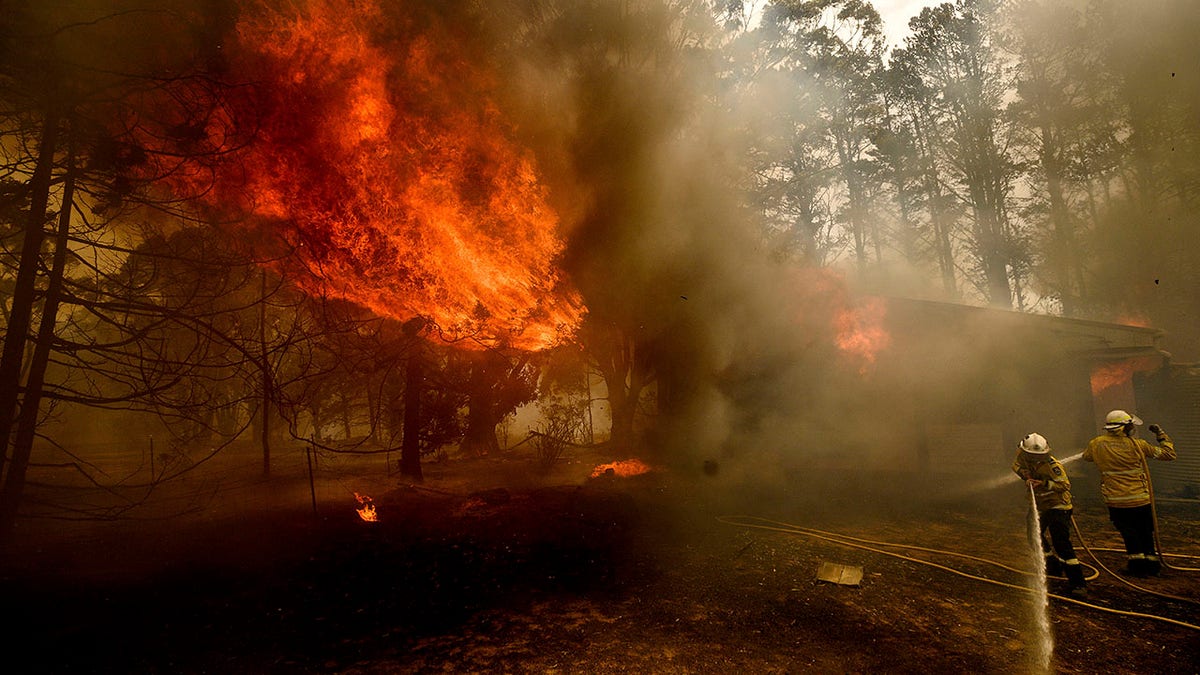Ozone layer is healing thanks to 'growing evidence' the Montreal Protocol works
A new study has noted that the 1987 Montreal Protocol was likely behind the continued recovery of our planet's ozone layer.
From late 2019 until the start of 2020, the Australian‘ Black Summer’ bushfires damaged the Earth's ozone layer by burning millions of tons of soot and ash into the air, according to a new study.
The spinning ozone hole above Antarctica can be traced back to the unprecedented burn in Australia, which caused a "smoke infused thunderstorm" to form, according to a report published Thursday in Scientific Reports.
The intensity and scale of the fires were unmatched with over 5.8 million hectares throughout the country, "resulting in millions of tonnes of smoke and associated gases being injected into the upper troposphere and lower stratosphere," the researchers wrote.
Over time the smoke particles built up long enough to cause the stratosphere to warm higher than the volcanic eruption of mount Pinatubo in 1991. Moreover, the stratospheric cooling prolonged the longevity of the ozone hole above Antarctica as it grew to a larger than average size in 2021.
AUSTRALIA WILDFIRE OVERRUNS FIREFIGHTERS IN MINUTES AS 'DAY TURNS TO NIGHT' IN DRAMATIC VIDEO

The Australian "Black Summer" bushfires caused significant damage on the Earth's ozone layer. (AP )
The ozone layer is vital for the Earth because it absorbs dangerous ultraviolet radiation from the Sun, which causes skin cancer and other life-threatening diseases.
"Our climate models suggest an increase in frequency and intensity of wildfires in the future under global warming," said Jim Haywood, the study's co-author, in a statement to AFP. "This may lead to more events like that in 2020, which could in turn lead to more ozone depletion."
CLICK HERE FOR MORE WEATHER COVERAGE FROM FOX NEWS
"So the considerable efforts that we've put in protecting the ozone hole could be thwarted by global warming."





















